The 1917 Russian Revolution, which led to the rise of the Soviet Union, afflicted people’s lives in numerous distinctive ways. To start out with, the Soviet govt declared by itself the arbiter of all common morality. In 1922, the All-Russian Conference of the Komsomol (a youth firm managed by the Communist Celebration) concluded that social dances that emerged in capitalist, bourgeois societies ended up perilous for Soviet youth.
According to Soviet ideologists, overseas cultures and customs ended up awash with the explicitness of sex. The Argentine tango and the American foxtrot unquestionably fit that description. But it under no circumstances stopped Soviet persons from dancing those people types.
1. Foxtrot
Named following its creator, U.S. performer Harry Fox, the foxtrot made its earth premiere in 1914 in New York and rocked the dancing planet. In Europe, the dance characterised by flowing and languid actions turned hugely preferred soon after Earth War I.
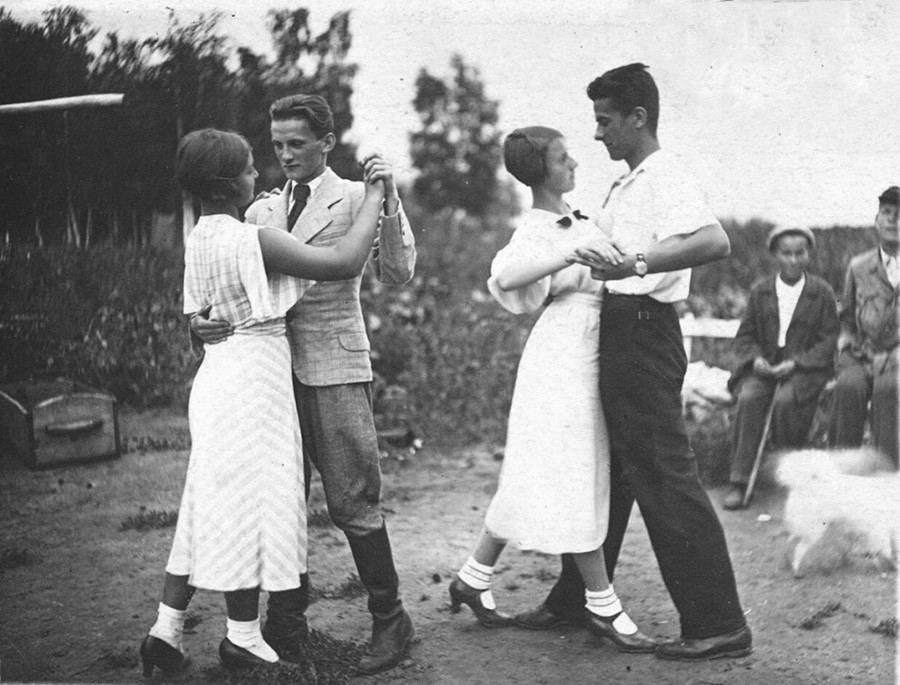
The American ballroom dance arrived in the USSR in the 1920s and was danced with attractive simplicity. However, it arrived at the improper time, when the Soviet Union’s New Economic Plan (NEP) was in full swing. The foxtrot took Moscow by storm, turning out to be the critical epitome of liberty and individualism.
The dance craze enraged the authorities to the level in which a caricature was published in 1 of the Soviet newspapers, in accordance to which the foxtrot could guide to the “elimination of Bolshevism”. But it was presently as well tiny much too late to worry about that. The popular dance was all over the place! It was even section of theatrical performances by trailblazing drama directors Vsevolod Meyerhold and Nikolai Foregger.
Go through Far more: Vsevolod Meyerhold: The revolutionary communist director executed by Stalin
Cafes and salons have been packed with foxtrotters. Russian novelist Nina Berberova recalled that Petrograd (now St. Petersburg) was abuzz, with everyone dancing. Primary poet of Russian symbolism Andrei Bely danced the foxtrot although listening to the gramophone in Berlin. According to one of the most towering poets of the 20th century, Marina Tsvetaeva, he danced like a satyr.
Meanwhile, Moscow’s busiest dance club located alone in Osip and Lilya Brik’s apartment, a powerhouse for groundbreaking modernist artwork. Back in 1923, the friends danced to stay songs executed by a solo pianist.
All fantastic issues arrive to an conclusion, even so. The foxtrot found alone in incredibly hot h2o immediately after withering criticism in the media. In an posting, headlined ‘A New Type of Pornography’ and published in preferred Soviet magazine, the writer explained the foxtrot as “the yellow plague of the European bourgeoisie”, arguing that it was linked to “sexual pathology” and “animal manifestations”.
The news agenda was crammed with incredibly hot debates on the foxtrot. 1 journal cited an job interview with a peasant who frequented Petrograd for the very first time and came across a pair of youths dancing the foxtrot. “After these a dance, the woman would will need to get married to her spouse promptly,” the guy explained.
Just after strain from activists, the so-identified as eccentric dances (which includes the tango, the quickstep, the foxtrot and the shimmy) had been forbidden in general public areas in Moscow. In 1924, the dance was deemed as hugely indecent. Even so, the foxtrot was again in favor again in the 1930s.
2. Tango
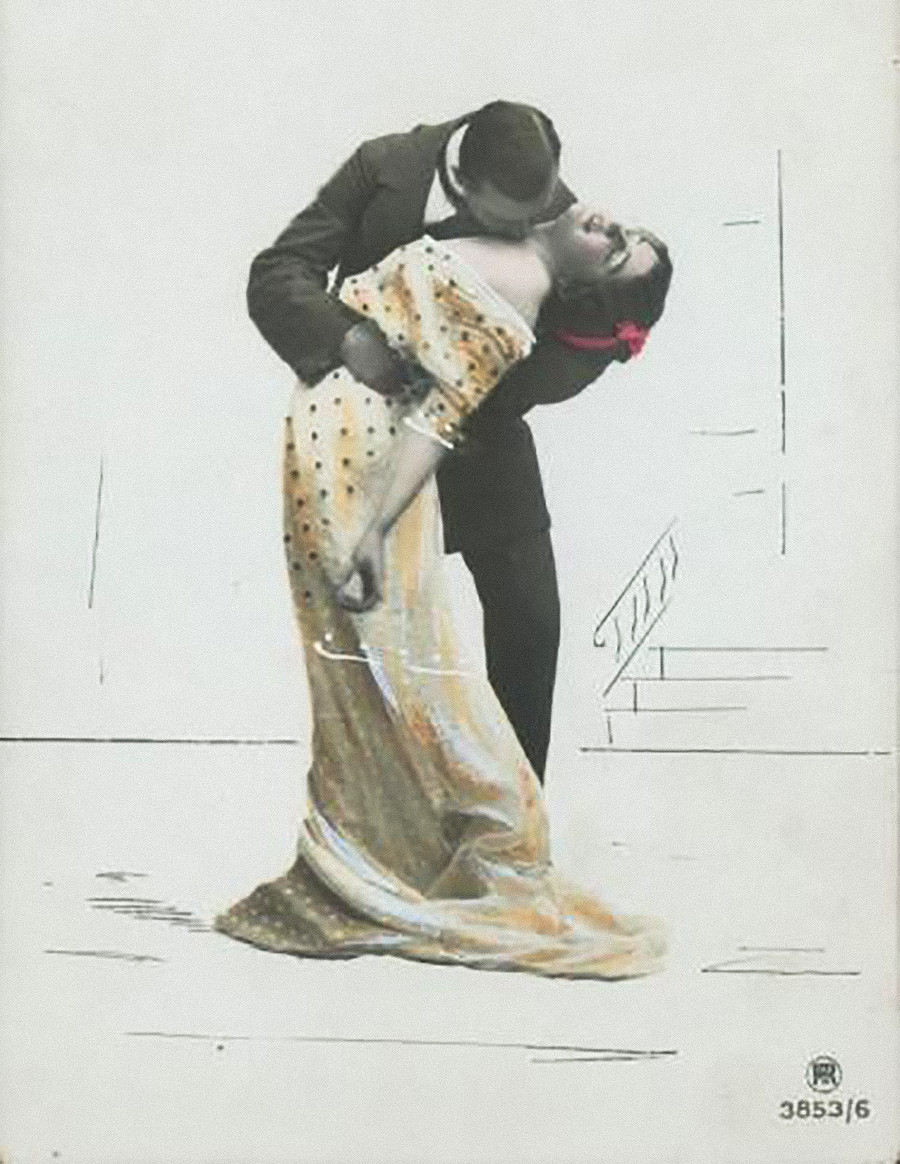
The tango came a prolonged way from the slums of Buenos Aires to the posh Parisian salons. By the mid-1910s, it was the hottest trend in trendy circles of Berlin, London and New York. In accordance to H. G. Wells, the guy driving ‘The Time Machine’, 1913 was “the year of the tango”.” European ministers, heads of state, as nicely as Pope Pius X, condemned the tango, declaring the dance, where couples pressed towards 1 an additional in a seductive embrace, as immoral.
The new passionate dance was also banned in Russia, where passions traditionally ran high. The sensual actions and rhythms of the Argentine tango arrived less than fire for the totally erotic mother nature of the dance. In 1914, as Earth War I broke out, the Ministry of General public Training issued a exclusive decree, banning any point out of a “highly preferred dance recognised as the tango” in instructional establishments across Russia.
Alas, items didn’t get superior in the 1920s and 1930s. The intense Argentine dance design and style ongoing to be banned, branded as a dance reminiscent of a “decadent bourgeois culture”. But exactly where there is a will, there is a way. And Soviet youths would train on their own the tango and would manage mystery tango gatherings in each and every other’s very small residences.

Condition Educational Folks Dance Ensemble of the USSR.
Aleksandr Nevezhin/Sputnik
3. Maxixe
According to view polls in 1929, much more than 70 p.c of youthful Soviet adult males and ladies liked to dance. Close to fifty percent of them frequented dance golf equipment, just one third lit up community dance flooring, when the relaxation took dance lessons to “keep up with the Joneses”. Dance-loving individuals risked staying excluded from the Komsomol, or could even confront arrests if formally proclaimed “enemies of people”.

Dancing cheek to cheek on the Moskva-Volga Canal.
Sergei Strunnikov/Russian State Library+ https://russiainphoto.ru
Just one much more “capitalist” dance erasing the length involving the person and the lady was a Brazilian form of tango, identified as the maxixe. It generally blended polka, tango and habanera. Vladimir Mayakovsky (the author of ‘A Cloud in Trousers’ and Lily Brik’s adamant lover) explained the energetic dance in a person of his well known poems.
Go through Far more: A look back again at the life of Vladimir Mayakovsky
4. Rock-n-roll
Invoice Haley’s legendary one ‘Rock All over the Clock’ manufactured its debut in the US in April 1954 and grew to become a selection a person hit the adhering to year. Teens completely adored the rebellious nature that the songs, often done by African-Americans, was accused of provoking. The king of rock-n-roll Elvis Presley served catapult the genre into prime location. Its level of popularity rapidly distribute past America’s borders, getting momentum in Europe.
In the USSR, rock-n-roll was in quick source. In the 1950s, unorthodox songs was even recorded on medical X-rays, secretly passed from hand to hand among rock-n-roll aficionados.
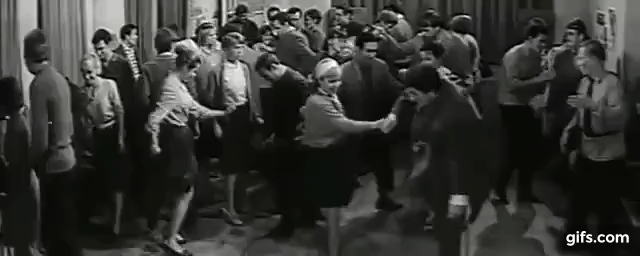
Read Additional: Boogie bones: Underground Soviet X-ray LPs occur to Uk
Rock-n-roll turned a lot more or less formally recognized only soon after the 1957 Earth Pageant of Youth and Students, which drew company from across the environment. Some 34 thousand restless participants from much more than 130 nations around the world arrived to Moscow to give concert events, observe films, get element in sporting activities competitions and, last but not least, make new, Soviet mates.
The pageant, among the other matters, place the spotlight on rock-n-roll. No a person could resist it, which includes Russian folks dance ensemble of Igor Moiseyev, which proved that rock-n-roll is music any one can dance to!
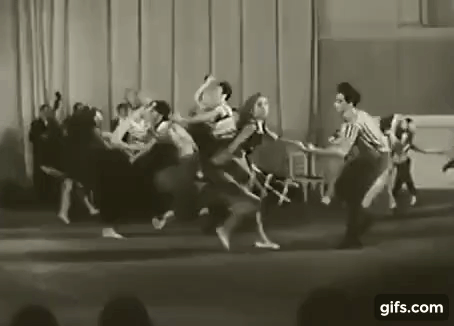
The legitimate spirit of rock-n-roll gave increase to new fashion traits, with poodle skirts for gals and greased hairstyles for guys.
Russian filmmaker Valery Todorovsky recreated the atmosphere of the mid-1950s in his musical drama about Soviet rock-n-roll supporters, ‘The Hipsters’.
5. Twist
The dance, which formally expected that companions didn’t contact each individual other, arrived under the highlight in 1960, suitable right after US musician Chubby Checker unveiled his hit track, ‘The Twist’. All people beloved it, such as the 1st lady, Jackie Kennedy.

Things ended up unique driving the Iron Curtain, where by the twist was banned for fairly a even though. Nikita Khrushchev specifically disliked the dance. The Thaw that set in underneath Khrushchev revamped the in general cultural surroundings, but sure things ended up just outside of him. The twist was considered damaging and, as normally, fully “alien to Soviet ideology”. Dancing the twist in the USSR was regarded as some kind of nationwide betrayal. In 1962, Khrushchev held a particular assembly with society ministry officers. For the duration of the speak, he manufactured mincemeat of the twist, comparing twist devotees with sectarians.
Go through Much more: Every thing you have to have to know about Russian folks dances
“Take the Uzbeks, the Kazakhs, or any [Soviet] peoples – their people fashion of dance is sleek and attractive. And this… Hear, it is simply indecent! To make these types of movements with these parts of the overall body! It’s not decent at all!… I feel, comrades, let us carry on to stand up for the excellent previous times. In purchase not to succumb to this decadence,” Khrushchev explained.
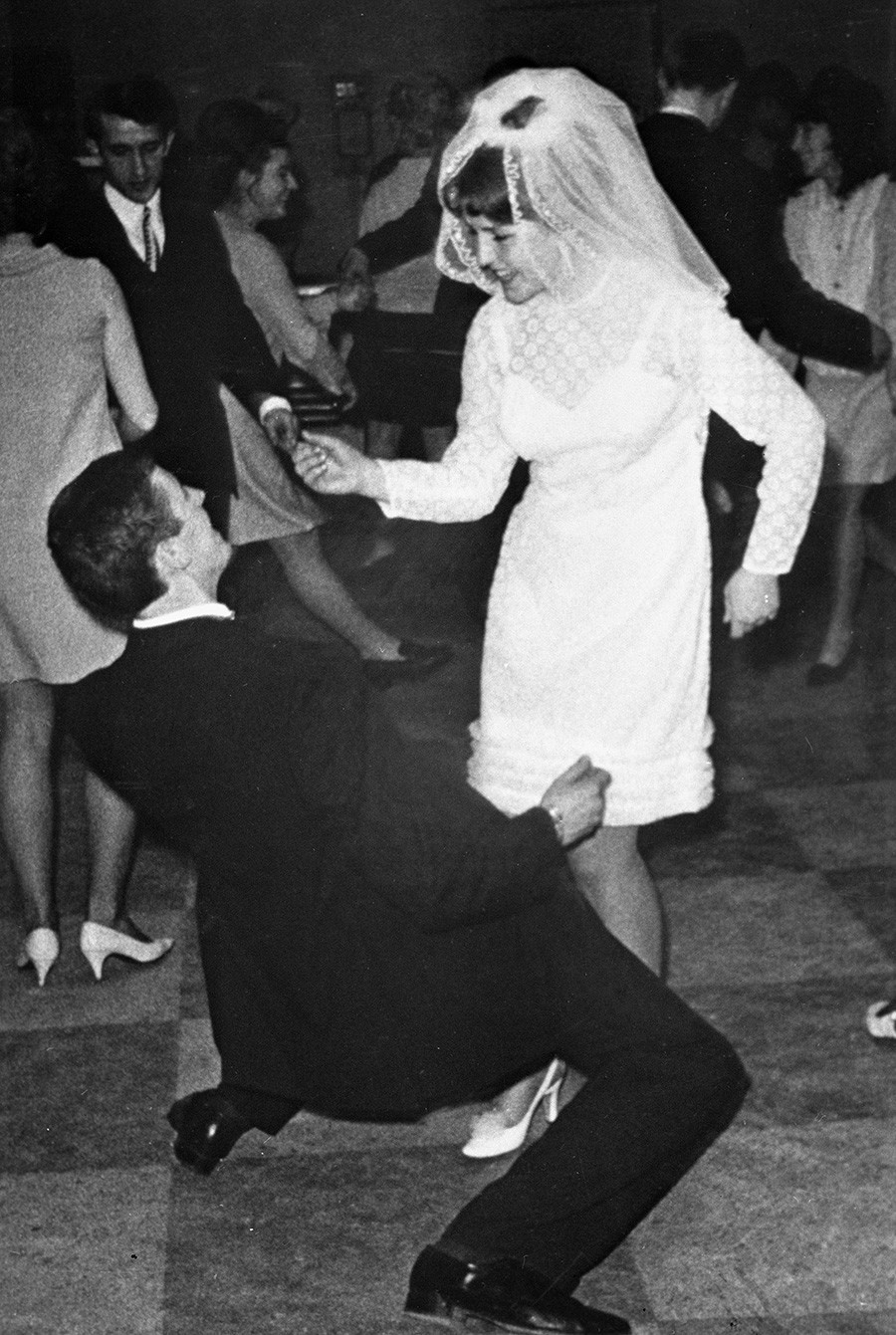
Photo reproduction of V. Bredikhin’s picture ‘The Twist’.
Aleksey Sverdlov/Sputnik
Even so, the twist extravaganza could not be stopped at the drop of a hat (even if it belonged to the impressive Soviet chief). The twist connoisseurs arrived alongside one another at solution functions, as perfectly as on “legal” dance flooring, where by they danced the wicked twist to Soviet composer Yuri Saulsky’s strike music ‘Black Cat’.
In 1964, after Khrushchev was removed from power, the twist created up for shed time and reconquered Soviet dance flooring the moment once more.
If working with any of Russia Beyond’s articles, partly or in entire, often deliver an energetic hyperlink to the primary material.
